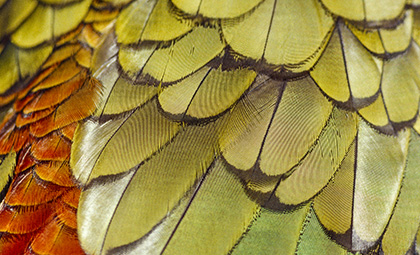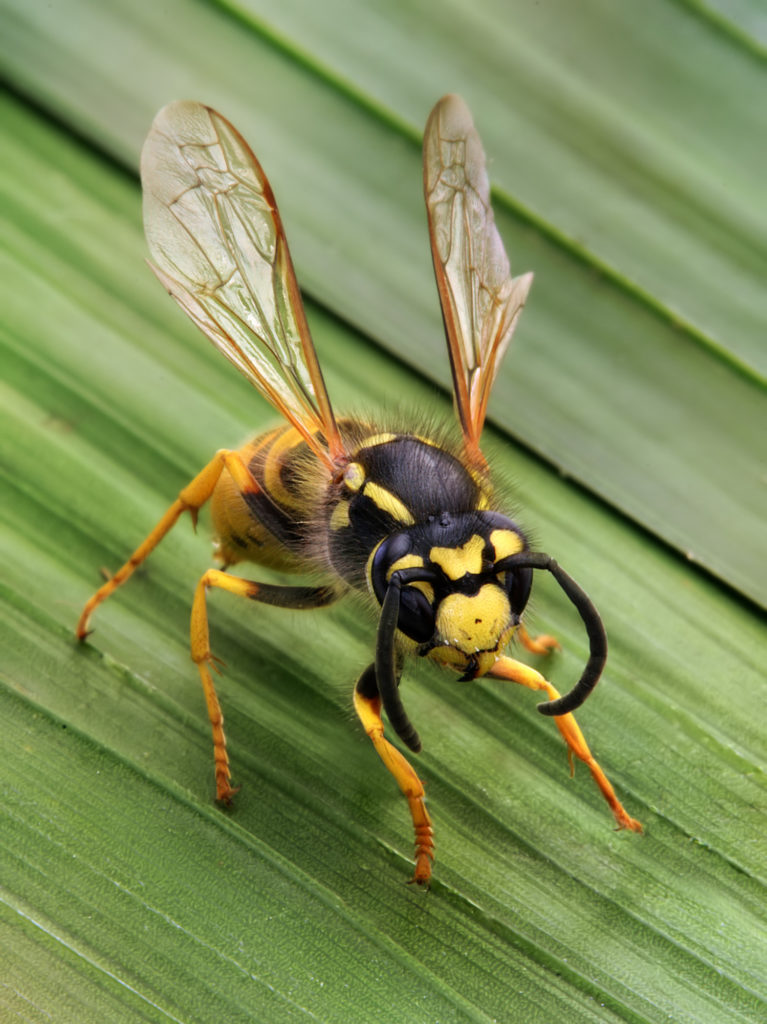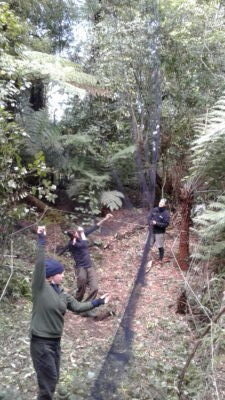Preserving, restoring and creating habitats for our wildlife doesn’t just mean planting trees and saving forests. It’s not just nature reserves and national parks. Braided rivers, sand dunes, alpine regions and wetlands – farmland and even urban gardens – are important habitats too.
Recommendations 4 and 5 in the Parliamentary Commissioner for the Environment’s report, ‘Taonga of an island nation’ are about ‘providing habitat – somewhere for birds to live and thrive’ – and ‘bird genetics – inbreeding and restoration’.

Birds need large areas of suitable habitat and/or corridors between suitable habitats, so that a large and genetically diverse population is supported and there are opportunities for populations in adjacent areas to meet and interbreed. Otherwise we risk chronic and excessive inbreeding in our rarer bird species. This results in a limited gene pool, compromised health and disease resistance and ultimately a weakened population that may fail to thrive even when all invasive predators are removed.
Dairy farms have a role to play, not only in improving water quality, but in providing wildlife corridors, the report suggests. But mammalian predators can make use of those wildlife corridors too.
“As well as reducing the flow of pollutants into water, riparian vegetation can link remnants of habitat, thus providing corridors for birds and other wildlife to extend their range. But as in covenanted areas, predator control will be needed to keep the birds safe.”
Commissioner, Dr Jan Wright, warns that while covenanting areas of private land is a good beginning, it needs to be backed up with a predator control programme.
“…while a fence will keep cattle and sheep out of a covenanted area, it will not keep out other introduced animals that prey on birds or damage habitat. (In the same way, putting land into the conservation estate does not guarantee its protection.)”
Other invaders are also a threat – particularly on the South Island’s braided rivers.
“In terms of the impact on birds, the most destructive plants invading bird habitat are almost certainly the lupins, broom, willow, poplar, and gorse that have become so dense on the braided riverbeds and adjoining drylands of the eastern South Island. These weeds are not the only factor causing the decline of the six endemic inland waders, but they are a major one – crowding out nesting sites and providing cover for feral cats and other predators to creep up on nesting birds.”

South Island beech forest habitat is also being degraded by an invader – as trampers in the area will testify.
“Wasps are at some of the highest densities in the world in South Island beech forest. They eat huge amounts of honeydew, as well as many insects and spiders – food for birds and other native animals.”
The issue of deer, goats and pigs changing habitat is also raised in the report. Pigs can also be predators of burrow-nesting birds.
Many community groups will be heartened to learn that Dr Wright has hit out against excessive rules which can end up hampering habitat restoration efforts. A rigid adherence to preserving the past is not what modern conservation efforts should be about. We’re aiming to restore a living, thriving, diverse and unique ecosystem – not create a giant museum that exactly reflects how things used to be.
“Policies and rules governing the restoration of habitat that are unnecessarily restrictive can add cost, frustration, and delay, and thus reduce what can be achieved. There are two related concepts that need examination – natural range and ecosourcing… Ecosourcing is not an inviolable principle, yet appears to have achieved such a status in New Zealand.”
“The natural ranges of plants have changed in the past and will do so again. There will be cases for keeping some plants inside their natural range, and cases for not doing so. Neither should ecosourcing be regarded as an unviolable principle. Pollen and seeds are carried from place to place by wind, insects, and birds.”
The Commissioner makes the following recommendations regarding habitat:
Recommendation 4:
a) Increasing the control of predators within covenanted areas and riparian vegetation;
b) Addressing the degradation of the habitat of braided rivers and dryland margins; and
c) Clarifying the circumstances where the concepts of natural range and ecosourcing should be applied and not applied.
Some New Zealand birds have come precariously close to extinction. There were only five Chatham Island black robins left in the world in 1980, only one of them female, the legendary ‘Old Blue’. Human intervention and some obliging tomtit foster parents, helped save the species. But all the 250 plus black robins alive today are descended from one breeding pair.
“Signs of genetic deterioration in black robins are deformed beaks, poor plumage, and reduced breeding success.”
The species has been saved – but how much genetic diversity and resilience has been lost from that species, we may never truly know.
We need to save species from extinction well before their situation gets that dire. It’s not just about the numbers of individuals of a species that exists. We need to conserve their genetic diversity too. Genetic diversity gives a species resilience in times of change whether it be disease, climate change or food sources.
“There are four evolutionary forces that change gene pools – mutation, natural selection, genetic drift, and migration… The relatively high incidence of haemophilia in the royal families of Europe in the 19th century was due to genetic drift and inbreeding – it was not an adaptation to living in palaces. Many New Zealand birds are in small populations on offshore islands or in isolated pockets of habitat on the mainland, and have lost significant amounts of genetic variation as a consequence of genetic drift.”
“Migration is a process that increases genetic diversity… individuals moving into a population and thus widening its gene pool. The evolutionary process of migration is often called gene flow, because genes ‘flow’ from one population to another… Over the last two centuries, the fourth evolutionary force – migration or gene flow – has been significantly reduced in New Zealand native birds.”

Translocations (moving individuals) between isolated, remnant populations of a species are one way to counteract inbreeding and maintain genetic diversity. It is, in a sense, an ‘artificial’ form of the evolutionary force of migration that would normally have occurred when habitats were less fragmented.
Communities are often motivated by the vision of being able to return species to area where they would have once been found. However many feel there is a lack of clarity around when and where translocations can happen.
We need, says Dr Wright, a clear policy on translocations.
“The Department of Conservation does not have a policy on the translocation of birds. What it does have is a set of standard operating procedures governing the process that must be followed for a translocation to be approved. These procedures lay out how a translocation is to be carried out, but not why and when it should be done… without a policy based on a clear set of principles, decisions on genetic rescue and translocation are inconsistent. Moreover, the line between science and opinion is often blurred, adding to the problem.”
Once again, the Commissioner highlights the unnecessary restrictions which often hamper conservation work by community groups.
“There are other ways in which the lack of a policy on genetic diversity within a species is leading to management decisions that should be questioned. Unnecessary restrictions generally add cost to any enterprise… regional, and even subregional, populations of North Island brown kiwi are being managed separately to preserve small genetic differences. But in a predator-free future where kiwi are abundant, birds from different regions will meet and sometimes mate. So, why not now?”
Recommendation 5:
The Commissioner recommends that the Minister of Conservation directs officials to:
a) Develop principles and policies for the effective management of genetic diversity in native birds and other fauna; and
b) Develop a translocation policy that outlines why and when translocations should be undertaken, and ensures translocation decisions are made transparently and consistently.

